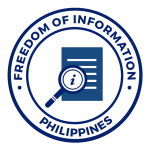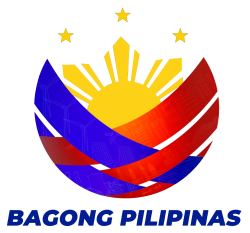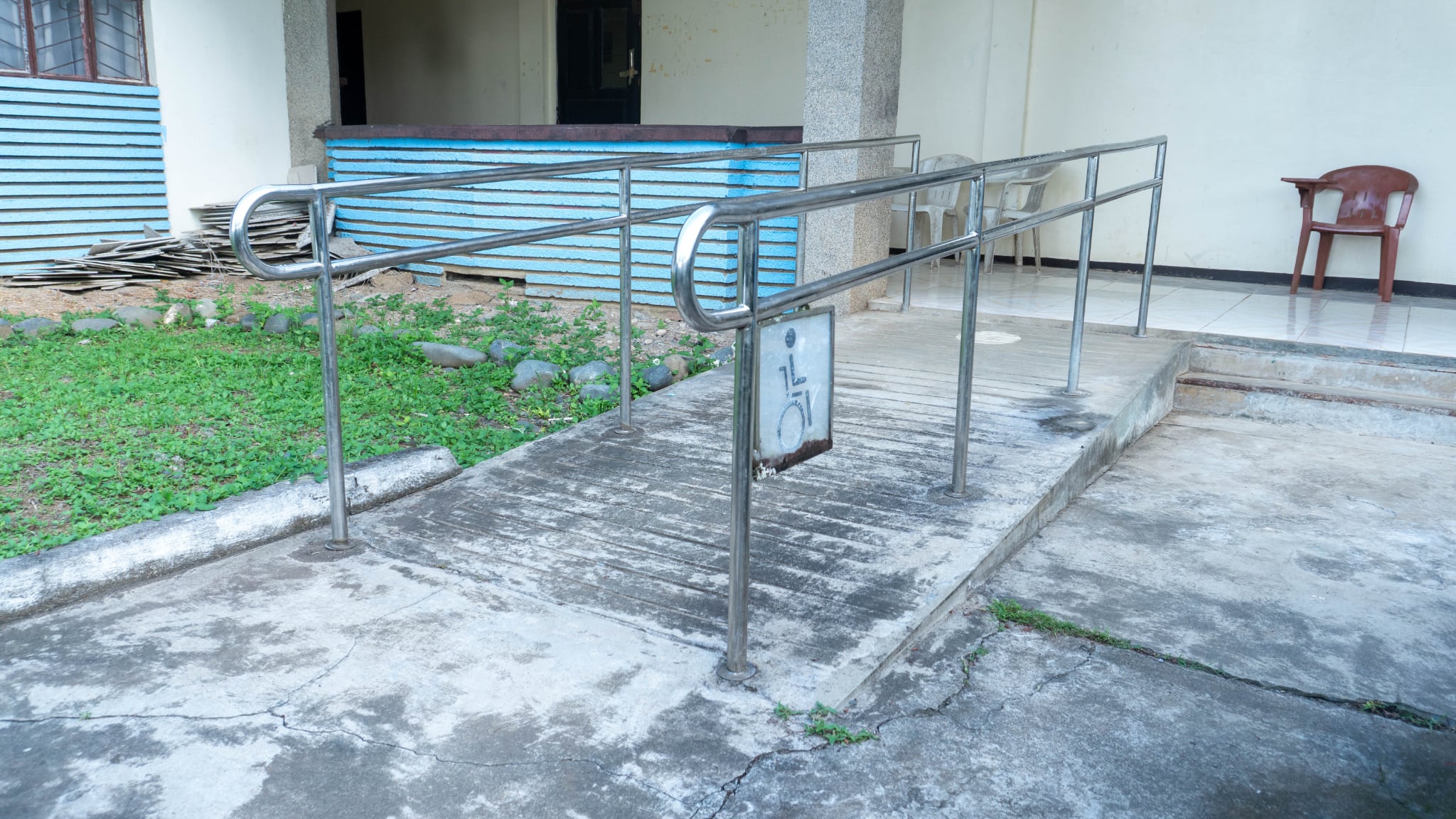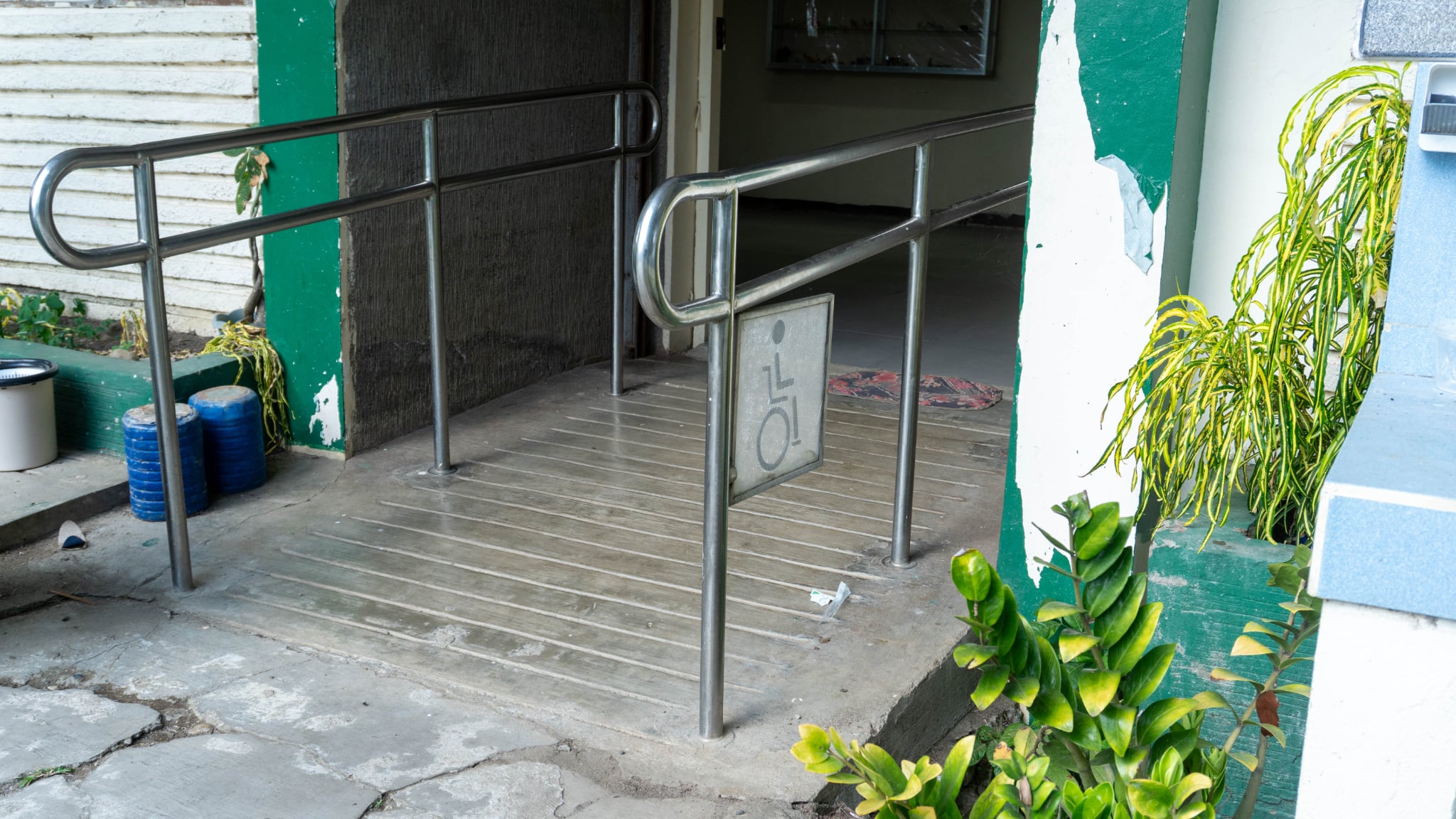At ISU, we understand the importance of providing equal opportunities for all, and that begins with ensuring that every member of our community has easy access to our facilities. Our school ramps for persons with disabilities are designed to empower our students and staff with mobility challenges, creating a more inclusive and diverse educational environment.
Our Commitment to Accessibility
At Isabela State University, we are dedicated to fostering an inclusive environment that welcomes and supports all individuals, regardless of their physical abilities. Our commitment to accessibility is not just a philosophy but a core value that is woven into every aspect of our institution.
Accessible School Ramps Matter
Accessible school ramps are an integral part of our mission to create a barrier-free campus. These ramps offer several benefits:
- Equal Access: Ramps ensure that students, faculty, and visitors with mobility challenges can access classrooms, administrative buildings, libraries, recreational areas, and all facilities with ease.
- Inclusivity: An accessible campus fosters inclusivity and diversity, enriching the educational experience for everyone.
We provide the best support for our community members with disabilities. If you have any questions, concerns, or require assistance, please reach out to our Gender and Development Office. We are here to help!
Isabela State University is committed to creating an accessible and inclusive environment for everyone. Our accessible school ramps are just one aspect of this commitment, ensuring that everyone can enjoy the full range of opportunities our university has to offer. Join us in celebrating diversity and inclusivity at ISU, where accessibility is not just a goal but a reality.














